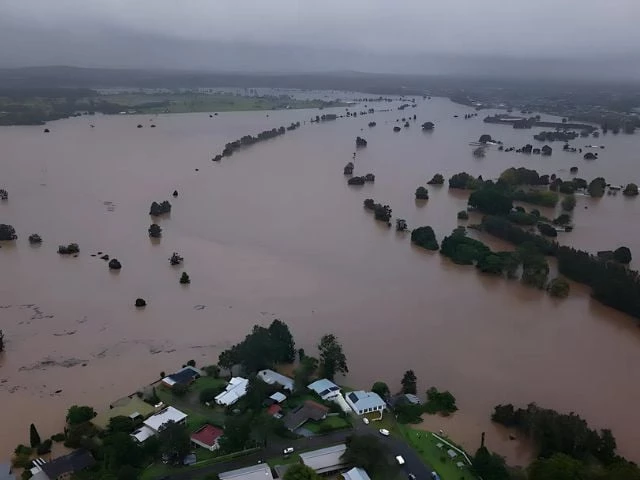Lahore:
Torrential Monsun rain has flooded large parts of the country, swollen rivers, harmful crops, and left dozens died when authorities warn of further flooding through the end of August.
The Flood Forecast Division reported that Tarbela Dam has reached 99 percent of its capacity of 1,549.20 feet, while Manga Dam is 76 percent full of 1,219.40 feet. Levels in Rawal, Khanpur and Simly Dams have also risen significantly, causing authorities to open spills on some reservoirs to ease pressure.
High flooding conditions were registered at the Guddu barrier at the river Indus, where the inflow reached more than 543,000 CUSSCS. The Sutlej River also rose to dangerous levels, especially at Ganda Singh Wala in Kasur and Head Sulemanki, where authorities confirmed moderately to high flooding. Officials attributed to the rising Sutlej levels partially to India that released additional water upstream.
The floods have already submerged thousands of hectares of agricultural land, destroyed crops and displaced residents. In the Kasur district, more than 30 villages lost land access, and thousands of hectares of agricultural land were flooded. Similar destruction was reported in Pakpattan, where flooding water entered residential areas and forced mass evacuations.
Accidents mounted as houses collapsed and the infrastructure gave way under the pressure of continuous rainstorms. At least 10 people were killed and more than 60 wounded over Punjab, Khyber Pakhtunkhwa and Azad Kashmir, according to the first reports. In Marran, a person died when the roof of a room collapsed, while Kashmir in Azad became four houses and a mosque destroyed by landslide.
Larger cities also struggled with flooding of cities. In Lahore, Torrential Rain Streets immersed streets in Gulberg, Jail Road, Lakshmi Chowk and other neighborhoods with water coming into homes and shops. Islamabad and Rawalpindi so raised streams flood, flooding Bhara Kahu and felling vehicles. In Gujranwala, Gujrat, Jhelum and Chiniot, heavy showers disturbed power supplies after Poles fell and feed stumbled.
Northern areas were not spared. In the Murree, landslide and flooding streams cut off key roads, including the Kohala and Kotli Sattian routes. In Gilgit-Baltistan, fears of rising water in the Gilgit River, which were closed by hotels along its banks while the nearby schools were ordered. In Khyber Pakhtunkhwa, which reached 100 kilometers per hour, trees were upset in Dera Ismail Khan, laid down power lines and torn roofs from home.
National Disaster Management Authority has expanded a nationwide weather alarm until August 30, warning of more storming rain and the risk of flash floods and landslides in vulnerable regions, including chitral, swat, kohistan, mansehra and abbottabad. Authorities have called on citizens to avoid unnecessary journeys, especially to mountainous or low -lying areas.
Rescue teams and local administrations continue to evacuate the affected residents and provide emergency supplies, but officials warn that worsening of conditions in rivers and mountain flows may increase the crisis in the coming days.



